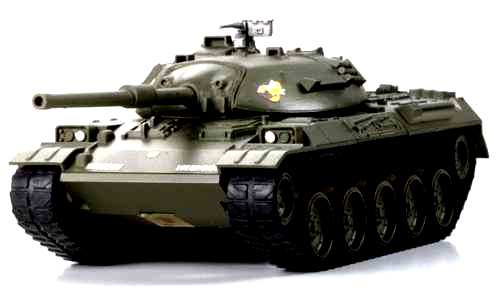

|
|
|


|
Tamiya J.G.S.D.F. Type 74 - 49533 (Radio Controlled Model Review)1/35 Scale Electric Tank -
Released by Tamiya in 1993, the Japan Ground Self Defense Force Type 74 (#49533) came as a Full Kit.
▼ Scroll Down for More Images ▼
Rating: 4
|








|
|
|

|

|
Hints, Tips and Information
How to avoid Radio Interference
1/ The first consideration when installing your Receiver into your Electrically Powered Model is to make sure it is well away from the Negative Battery terminal, and the Motor. The Magnetic field can cause stuttering type interference at times of high current draw (i.e., Fast Acceleration) |









|






|
|
|
|
Hints, Tips and Information Rechargeable Batteries
|
|
Hints, Tips and Information
Efficient Soldering
In the sport of Radio Controlled racing, there are a number of things you have to learn to get you up there with the best. One of the most difficult, for those with little practical skill, is the art of Soldering.
|
|
RC Models:
|
Radio & Motors: |
Other
Accessories: |